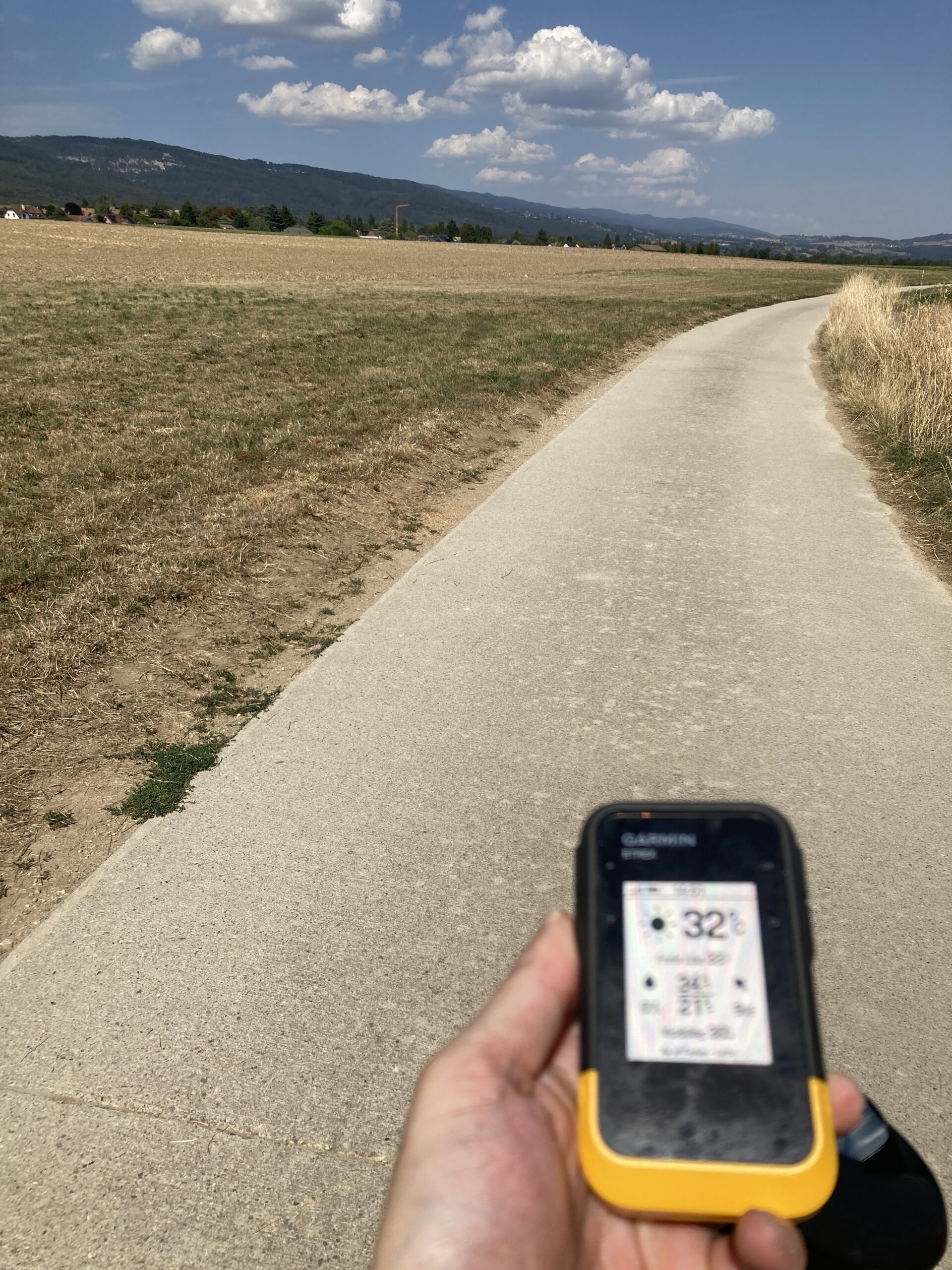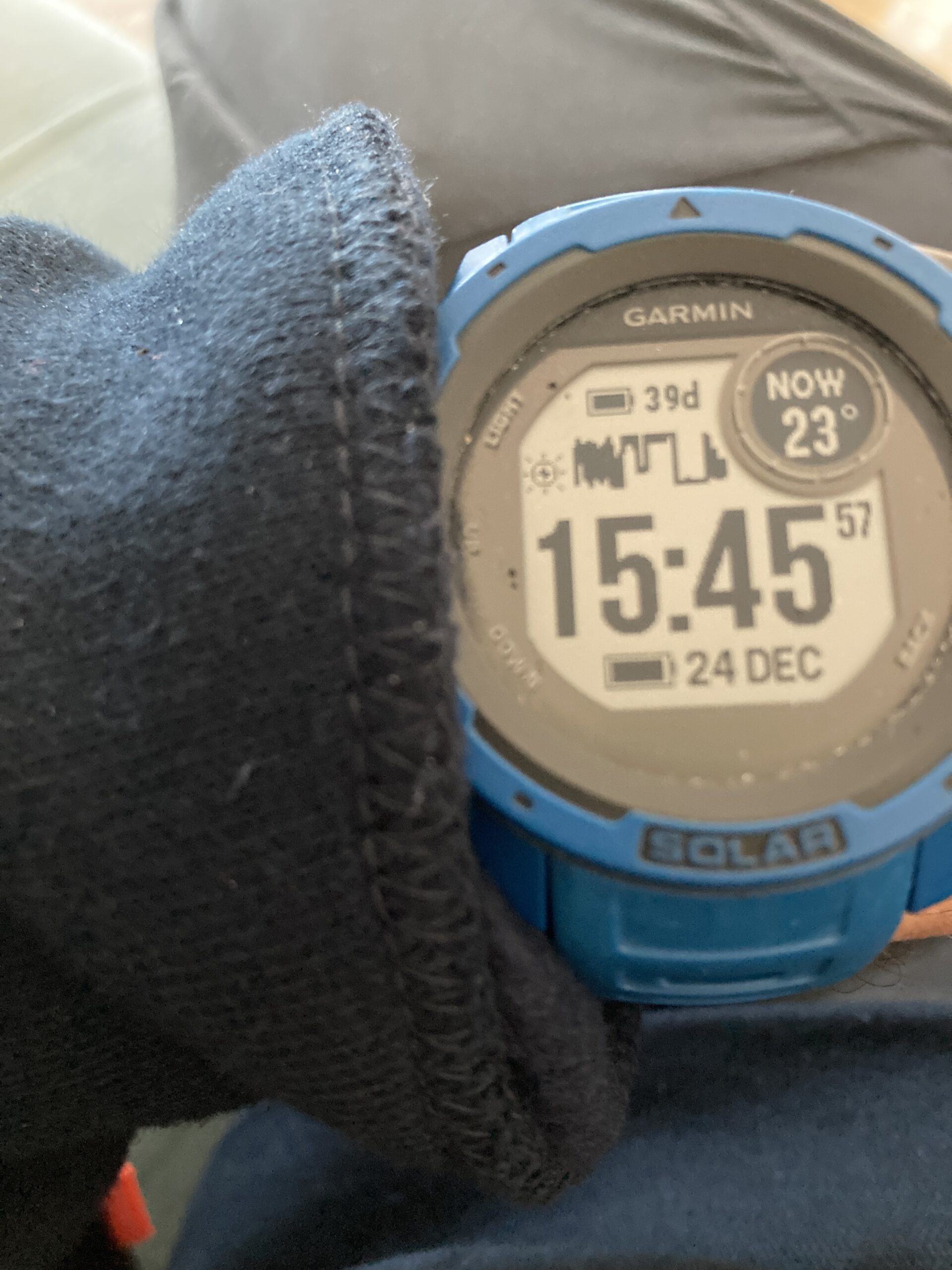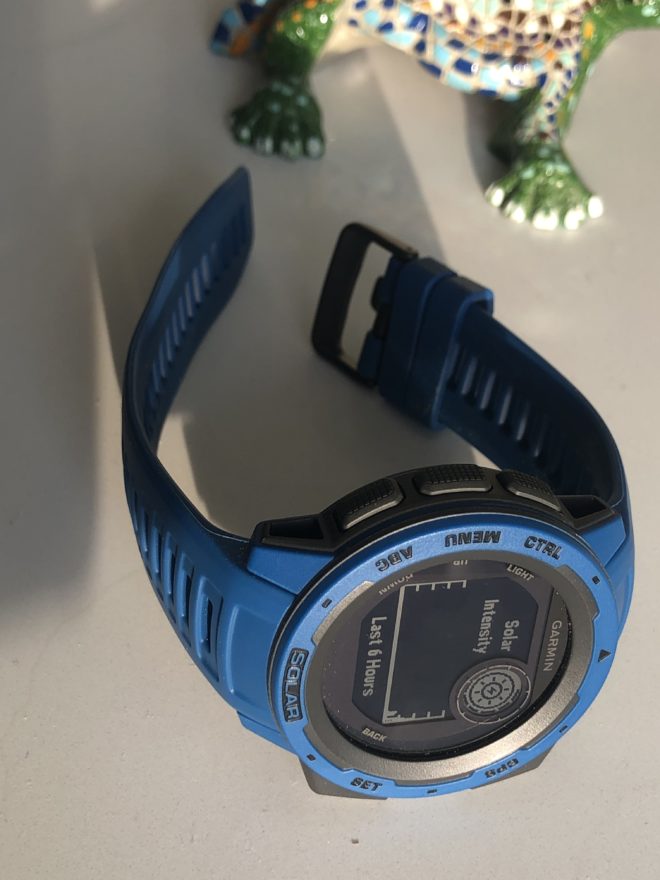Tag: solar
-

Blinded by Solar Panels For a Few Minutes
Reading Time: < 1 minuteThere is an amusing situation. In the morning, when I sit at a table I get brilliant light shining into my eyes. As a result I wear sunglasses indoors. This might sound absurd but it’s for a simple reason. As roofs are covered with solar panels, so roofs that were once…
-

Electricity Maps and HomeAssistant
Reading Time: < 1 minuteThe building I live in has solar panels on the roof and a heat pump. This allows it to be more energy efficient than other buildings. It also has thick insulation on the walls and more. Recently I have been playing with Homeassistant and electricity Maps. Electricity Maps is a real…
-

Silent Walking and Garmin Instinct Battery Modes
Reading Time: 4 minutesIt rarely happens. I rarely forget my airpods at home, and when I do I usually turn around to get them. Yesterday I didn’t turn around. I went for my walk anyway. You might think “so what?” and you’d be right to. It doesn’t change much. I usually listen to podcasts and…
-

Solar Watches and Spain
Reading Time: 2 minutesOne nuissance of most modern smart watches is that you must charge then once a day, once a week, or once a month. When you’re in Spain though, with a solar watch things change. At first you go from “26 days of battery remaining” to “36 days of battery remaining”, to “39…
-
Reading About Hiking While Charging A Watch
Reading Time: < 1 minuteToday I sat in the sun to charge my watch. I kept my left wrist facing the sun. My right wrist was employed in keeping a kindle in place, reading. My goal was to get the watch to go up by one day of charge and it worked. I wouldn’t sit…
-

A Solar Powered Watch in Spain
Reading Time: 2 minutesIf you were a solar powered watch would you prefer sunny Switzerland or sunny Spain? Luckily my watch has now tried both. The watch likes that you walk with your watch wrist facing the sun and the wrist without a watch to be on the shady side. I know this is not…
-

The Garmin Instinct Solar And Activity Tracking
Reading Time: 4 minutesFor two days I have played with the Garmin Instinct Solar and I already see a niche for it. If I want to be like every other reviewer I will say, “use the expedition mode for up to 127 days or hours of battery life, but I won’t because I think there…
